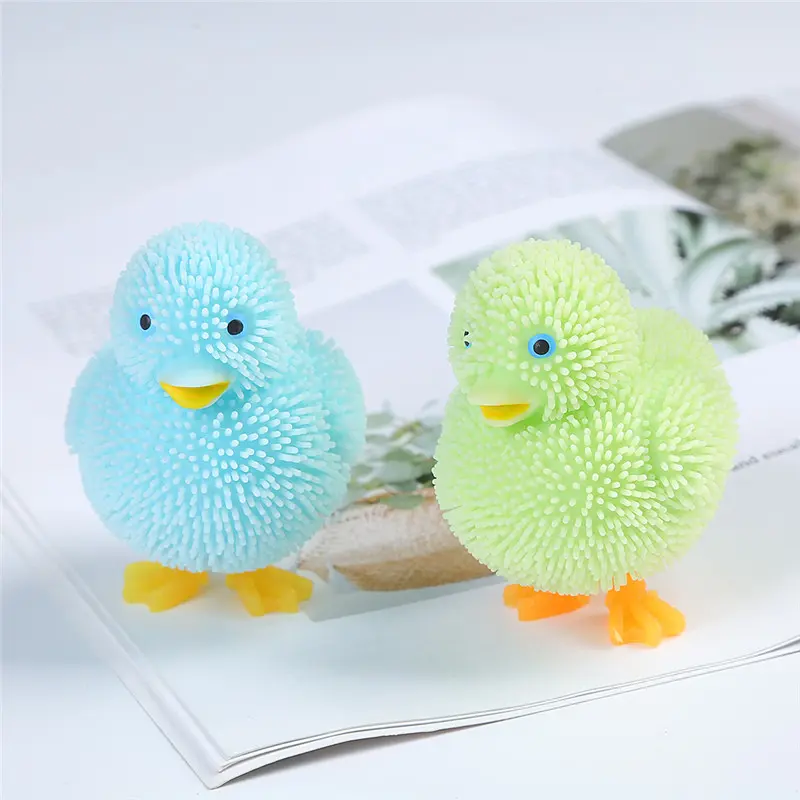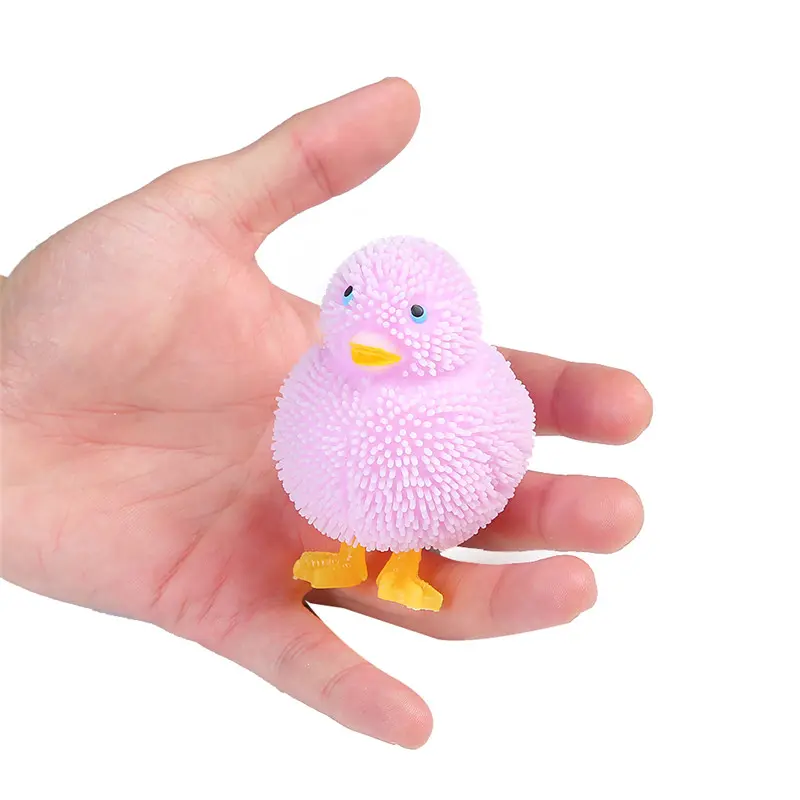Performance analysis of the characteristics and applications of TPR toy materials
In today’s toy market, TPR (thermoplastic rubber) materials have attracted much attention due to their unique properties and wide applications. Especially for international wholesale buyers, understanding the characteristics of TPR materials and their application performance in toys is crucial to choosing high-quality products. This article will explore in depth the characteristics, performance advantages and specific applications of TPR toy materials in toy manufacturing to help you better grasp market trends and choose suitable toy products.
1. Introduction to TPR materials
TPR is a thermoplastic rubber material that combines the advantages of rubber and thermoplastics and can be processed and molded without vulcanization. This material is usually made of a base material such as SBS (styrene-butadiene-styrene block copolymer) or SEBS (styrene-ethylene-butylene-styrene block copolymer), combined with processing oil and other additives. TPR materials have a wide hardness range (0A-100A) and can be adjusted according to different product requirements.
2. Characteristics of TPR materials
(I) Environmental performance
TPR materials are well known for their excellent environmental characteristics. It does not contain harmful substances such as phthalate plasticizers, halogens, polycyclic aromatic hydrocarbons (PAHs), nonylphenol (NP), bisphenol A, etc., and complies with many international environmental standards, such as ROHS, REACH, EN71-3, ASTM-F963, etc. These characteristics make TPR material one of the preferred materials in the toy industry, especially in the field of children’s toys, where environmental protection and safety are of vital importance.
(ii) Good processing performance
TPR material has moderate fluidity and is suitable for a variety of processing techniques, such as injection molding, extrusion, blow molding, etc. The injection molding temperature is usually between 170℃-190℃, and it is not easy to have shrinkage, burrs and other molding appearance problems during the processing. In addition, the processing process of TPR material is relatively simple, and no additional equipment adjustment is required, which reduces production costs.
(iii) Excellent physical properties
TPR material has good flexibility, high resilience, low temperature resistance and tear resistance. In a low temperature environment (-40℃), TPR material can still remain soft, while PVC material will harden at -10℃. In addition, the surface of TPR material is smooth and shiny, not easy to crack, which increases the durability of the product.
(IV) Excellent color matching and printing performance
The color matching performance of TPR material is very good, which can meet the needs of soft rubber toys for bright and diverse colors. It has good color powder dispersion performance, which can ensure bright and uniform colors. In addition, TPR material also has excellent oil spraying, painting and silk screen printing performance, which can match well with various inks and coatings to ensure the effect of surface treatment is long-lasting.
3. Analysis of the application performance of TPR material in toys
(I) The importance of environmental protection performance
For international wholesale buyers, environmental protection performance is one of the key factors in selecting toy materials. Different countries and regions have different environmental protection standards for toys, such as the EU EN71 standard and the US ASTM-F963 standard. TPR materials can meet these strict environmental protection requirements and ensure that toy products are competitive in the international market.
(II) Advantages of processing performance
The processing performance of TPR material gives it a significant advantage in toy manufacturing. Its moderate fluidity makes molding more convenient, and it is not easy to shrink and burrs during injection molding. In addition, the processing temperature of TPR materials is relatively low, which can reduce energy consumption and production costs. These characteristics make TPR materials an ideal choice for toy manufacturers.
(III) Guarantee of physical properties
The excellent physical properties of TPR materials provide guarantee for the quality and safety of toy products. Its good flexibility and high resilience make toys less likely to deform or damage during use. Low temperature resistance ensures the stability of toys in different environments. In addition, the tear resistance and bending fatigue resistance of TPR materials further enhance the durability of toys.
(IV) Attractiveness of color matching and printing performance
In the toy market, appearance and color are important factors to attract consumers. The excellent color matching performance of TPR materials can meet the needs of toy manufacturers for bright and diverse colors. At the same time, its good spraying, painting and silk-screening performance ensures that the effect of toy surface treatment is long-lasting, further enhancing the attractiveness of the product.
4. Specific application of TPR materials in toys
(I) Plush toys
TPR materials can be used to make soft parts of plush toys, such as limbs, ears, etc. Its good flexibility and elasticity can make toys more realistic. In addition, the crack resistance of TPR materials ensures that these parts are not prone to cracking during processing and use.
(II) Soft-glue toys
TPR materials are ideal for soft-glue toys, and their hardness and feel can be adjusted according to product requirements. For example, 0-degree TPR materials have a softness close to that of human skin and are often used to make super-soft children’s toys. In addition, the color matching and surface treatment properties of TPR materials enable soft-glue toys to present a colorful appearance.
(III) Toy accessories
TPR materials can also be used to manufacture toy accessories, such as wheels, handles, etc. Its good wear resistance and tear resistance can ensure that these accessories have a long service life during use. In addition, the smooth and bright surface of TPR materials can improve the appearance quality of accessories.
(IV) Rubber coating applications
TPR materials perform well in rubber coating applications and can be firmly bonded to a variety of hard plastics (such as ABS, PA, PC, etc.). This property makes TPR materials an ideal choice for soft and hard combined parts in toys.
Post time: Jul-14-2025

